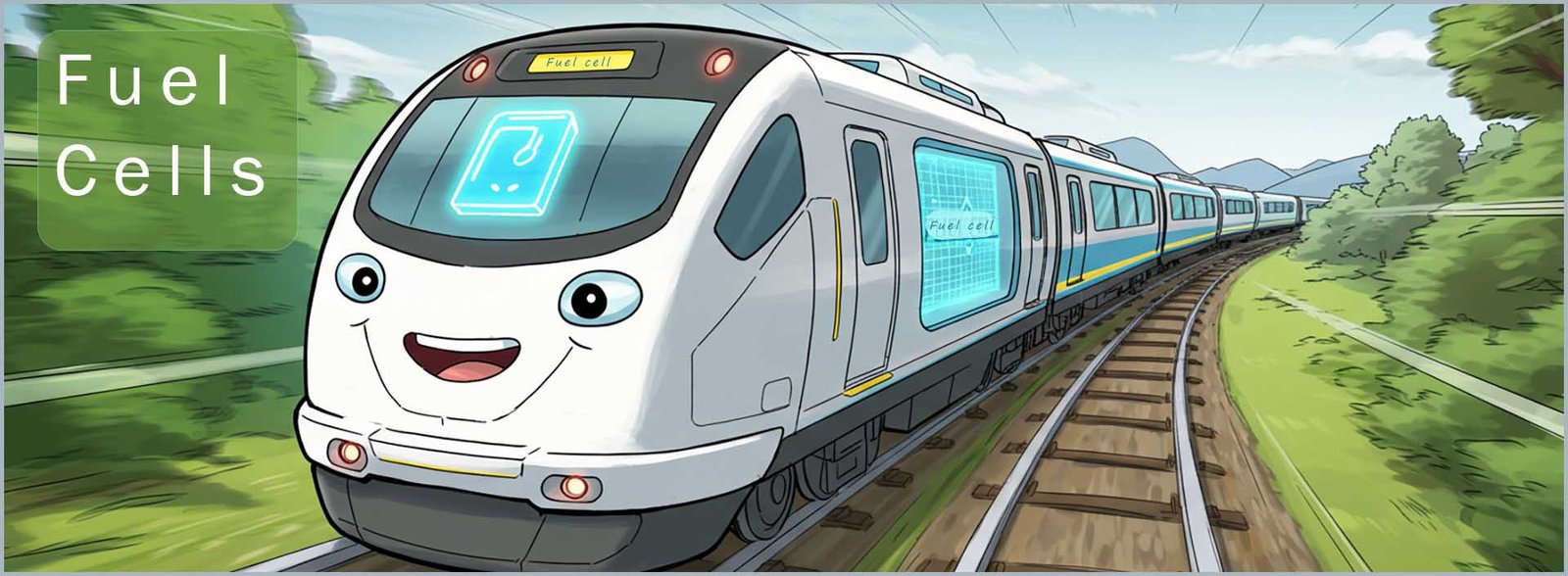

Chemistry only
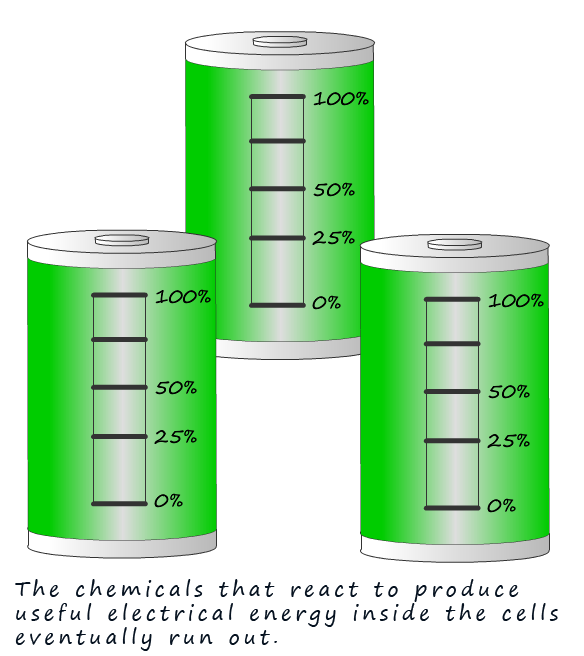 One of the problems with cells and batteries is that the chemicals that react to produce
useful electrical energy eventually run out and the
cell/battery has to be disposed of; that
is unless the cell is of a type which can be recharged.
However even rechargeable cells
can only be recharged so many times before they need replacing. A potential solution to this
problem is to use a fuel cell. A fuel cell is similar to an ordinary
cell/battery but the
chemicals which react to produce electrical energy are not contained inside the
battery but are
supplied continually from an external source; this means that unlike a battery or a cell as long as the reacting chemicals are continually supplied the fuel cell will never stop working.
One of the problems with cells and batteries is that the chemicals that react to produce
useful electrical energy eventually run out and the
cell/battery has to be disposed of; that
is unless the cell is of a type which can be recharged.
However even rechargeable cells
can only be recharged so many times before they need replacing. A potential solution to this
problem is to use a fuel cell. A fuel cell is similar to an ordinary
cell/battery but the
chemicals which react to produce electrical energy are not contained inside the
battery but are
supplied continually from an external source; this means that unlike a battery or a cell as long as the reacting chemicals are continually supplied the fuel cell will never stop working.
There are several different types of fuel cells but they have many similarities in common. A fuel
commonly hydrogen, alcohol or
methane is supplied continually to the fuel cell. All
fuel cells contain an anode,
a cathode and an electrolyte. In
cells and batteries the anode has a negative charge and the
cathode is positively charged; this is the
other round from what you will have met before in electrolysis where the anode has a positive charge and the cathode has a negative charge so be careful not to get them mixed up!
The
electrolyte varies in different types of fuel cells but common
electrolytes are phosphoric acid
or a potassium hydroxide solution. The
anodes and cathodes
are made from porous carbon and they have a coating of small catalyst particles on their
surface. The anode catalyst is normally platinum and
the cathode
catalyst is commonly nickel.
The anode, cathode and electrolyte are kept apart in a fuel cell by a semi-permeable membrane. This membrane
allows ions to move across it but not electrons. The electrons are forced through an external circuit where they are used to power whatever is attached to the fuel cell; this could for example be a car, a motorcycle or some appliance. The diagram below shows
an outline of the main parts of a typical fuel cell.
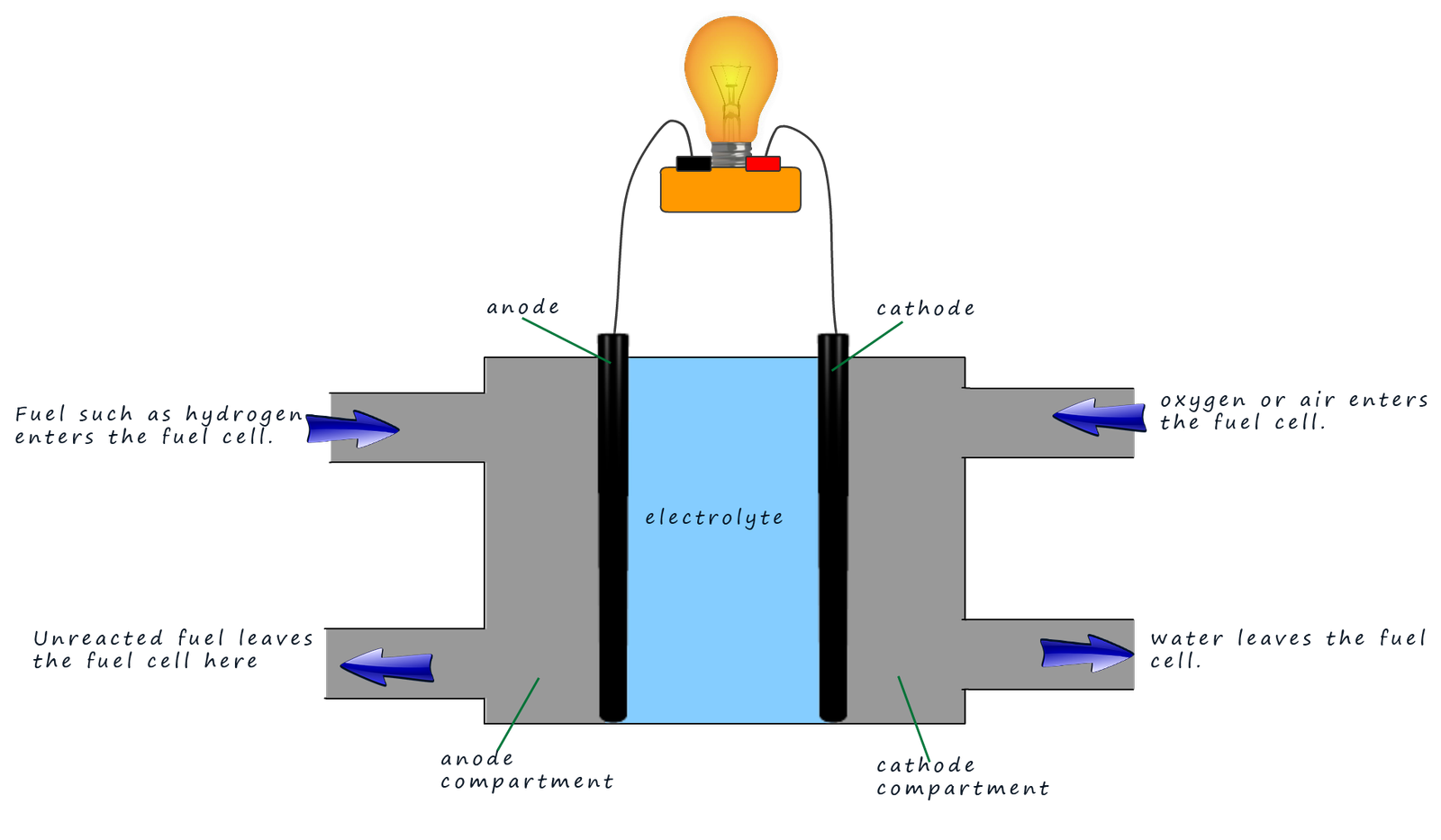 The diagram above shows an outline of a typical fuel cell. This one is a
hydrogen-oxygen
fuel cell.
In this cell hydrogen gas; the fuel enters the porous
carbon anode. Here the hydrogen is
oxidised by the
catalysts on the anode surface to form hydrogen ions (H+). This can be shown as:
The diagram above shows an outline of a typical fuel cell. This one is a
hydrogen-oxygen
fuel cell.
In this cell hydrogen gas; the fuel enters the porous
carbon anode. Here the hydrogen is
oxidised by the
catalysts on the anode surface to form hydrogen ions (H+). This can be shown as:
The image below shows how a fuel cell works.
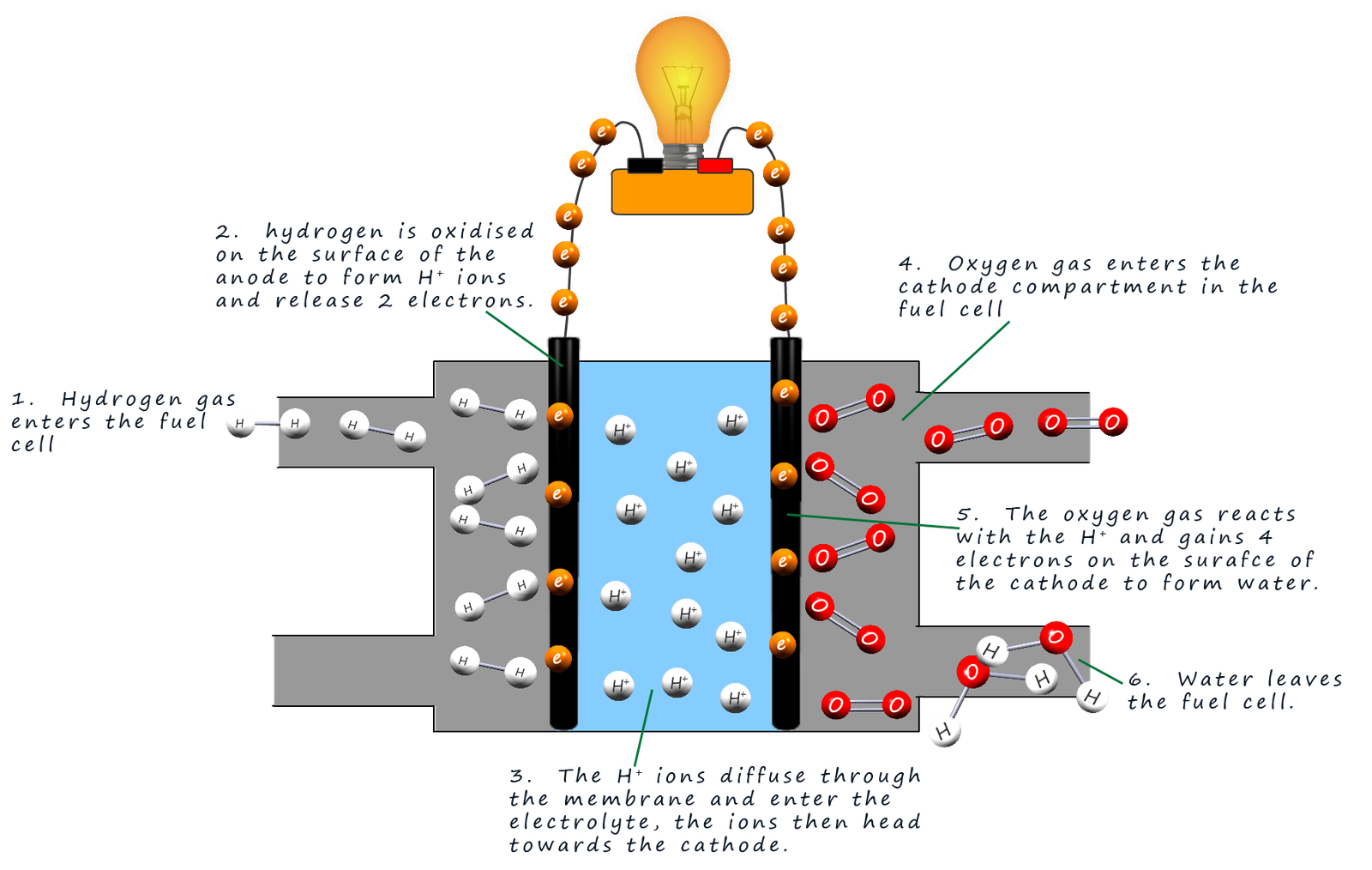
Starting from the left hand-side of the fuel cell in the diagram we can say that:
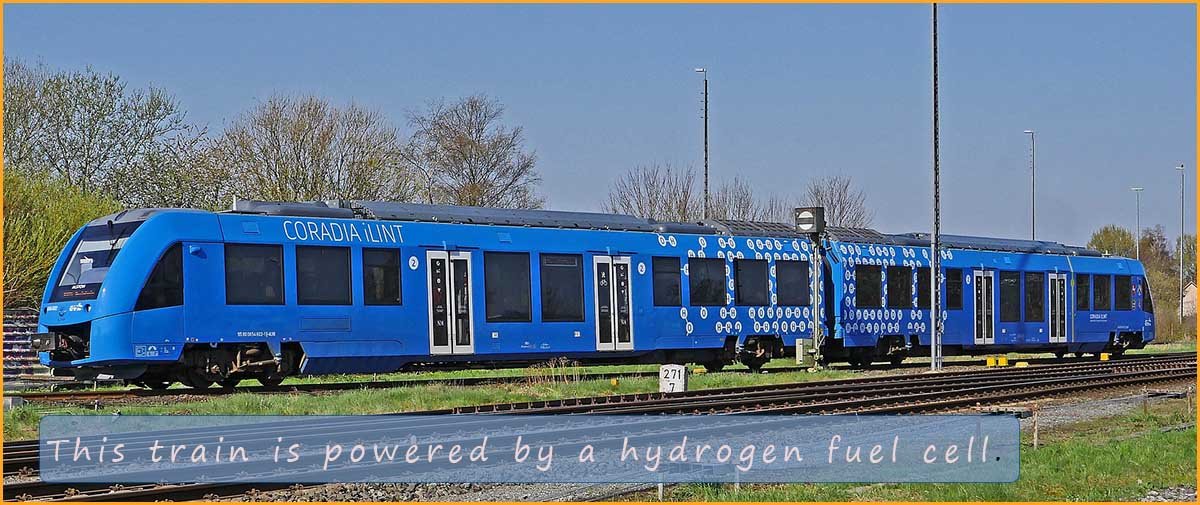 Fuel cells can be made in a large range of sizes and power outputs from units
which can be used to
generate electricity for factories, homes and offices to small scale devices which can charge your
phone and other electronic devices. Car manufacturers including Honda, Toyota, and Hyundai have
models of cars running on hydrogen fuel cells.
Fuel cells can be made in a large range of sizes and power outputs from units
which can be used to
generate electricity for factories, homes and offices to small scale devices which can charge your
phone and other electronic devices. Car manufacturers including Honda, Toyota, and Hyundai have
models of cars running on hydrogen fuel cells.
Fuel cells are also more expensive than batteries due to the presence of high cost catalysts used to coat the anode and cathode. Fuel cells also contain corrosive chemicals, mainly present in the electrolytes which will need to be recycled to protect the environment when the fuel cell reaches the end of its life.
Hydrogen is also a highly flammable and explosive gas which means that there will be additional safety concerns with transporting and storing it safely.

The costs to the country of converting all garages from selling petrol and diesel to hydrogen would be massive. There would also be considerable costs in storing and transporting hydrogen safely around the country in sufficiently large quantities. The other main problem with hydrogen is that it is a gas and so would need to be cooled and stored under pressure as a liquid. This again costs money and also you have the additional problem that hydrogen is a very explosive gas. Would there be a high risk of death and serious injury in fitting hydrogen tanks to all motor vehicles? However provided that the hydrogen needed for the fuel cells is produced in an environmentally friendly way then fuel cells with their high efficiencies and high energy outputs and low emissions are a viable alternative to providing clean energy for the future.
Fuel cells have no moving parts and so are very reliable, efficient and useful for providing power for remote and isolated communities and businesses. Fuel cells are cheaper to produce than batteries and they are also not as polluting or harmful to the environment to produce or to dispose of. Fuel cells also have a longer working life than batteries and so could be considered more environmentally friendly and sustainable. Hydrogen-oxygen fuel cells also produce water as the only waste product and so are much more environmentally friendly than fossil fuels which can produce carbon dioxide, sulfur dioxide or nitrogen oxides when they are burned. Fuel cells can also be considered more environmentally friendly than batteries which may contain corrosive and toxic chemicals.